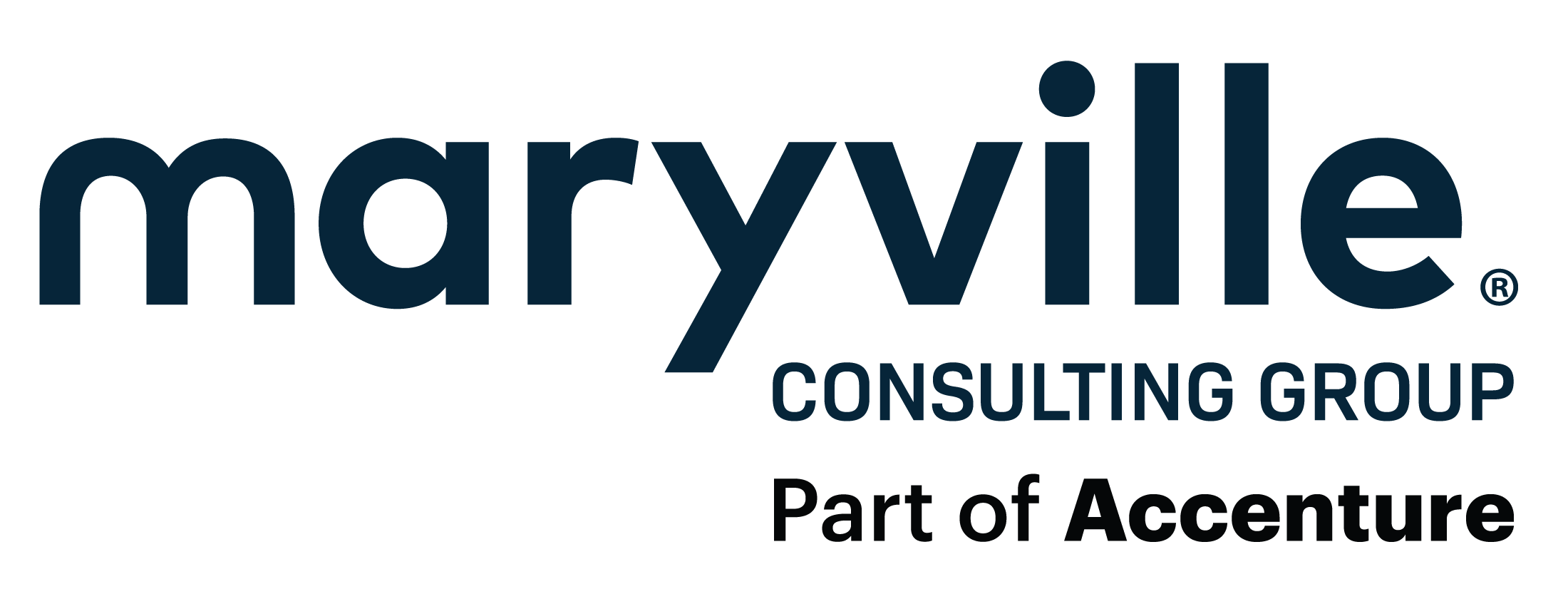The Client

Leading Health System

165,000 Employees

2,600 Sites of Care

$22.6 Billion in Revenue

$1.8 Billion in Charity Care
The Challenge
The country’s largest nonprofit health system sought an initiative to increase cost transparency across their application and services portfolio. This interest resulted in establishing a Technology Business Management (TBM) practice within their information services organization. The TBM function is to provide transparency and analysis of costs to improve the efficiency of consumption and levers for the end users to decrease demand on IT related services. The health system was also interested in streamlining and reducing the effort required for monthly financial analysis and reporting, enabling the team members to focus their efforts on adding business value.
The Response
The Process
Cost Transparency Foundation
Research and identified target markets
Business Services Catalog
Research and identified target markets
Business Insights
Research and identified target markets
Data Automation
Research and identified target markets
Benchmarking
Research and identified target markets
The Value
- Improved financial transparency via automated data analysis and reporting across Information Services with insights at the ministry level
- Automated the process of translating raw data from existing corporate and client systems into key IT business metrics
- Provided a repeatable process for monthly updates, which reduced and streamlined the effort required for monthly financial analysis
- Delivered insights into inefficiencies and opportunities to rationalize costs for non-core business applications and services


